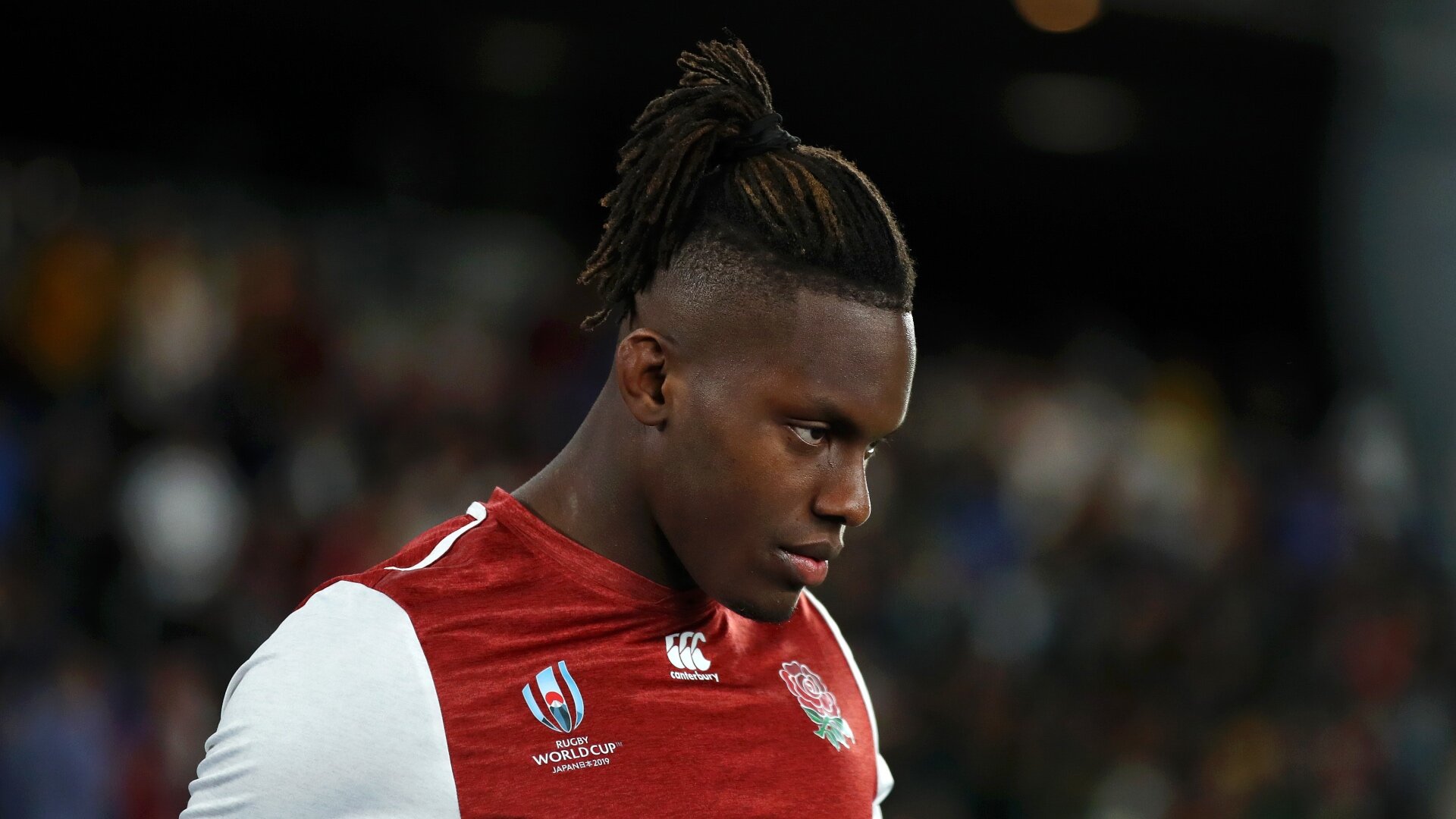With props and hookers now in the books, the RugbyPass series looking at building the perfect rugby player now moves on to the locks, arguably the position that has seen the largest evolution of all in the modern era. While players built in the mould of a traditional enforcer or a lineout-centric lock might still have their places in the game, professional rugby has moved in a direction where these two roles are no longer exclusive and many international engine rooms are built around two players who can fulfil both of the requirements asked by these older archetypes.
We are witnessing a generation of second rows who are not only technically skilled, but who also might be the most impressive athletes on show anytime that they take to the pitch. As with the front rowers, there is still a core set-piece responsibility for any second row and that is their ability to be a consistent and effective target at the lineout.
Primarily, that means securing attacking ball, but the ability to steal or at least hinder opposition ball has become every bit as vital, with attacking lineouts proving to be such a prolific foundation from which to score. His abilities might slightly be waning as he enters the latter stage of his career, but New Zealand’s Sam Whitelock has personified attacking and defensive lineout ability for the last decade.
He doesn’t always get the recognition he deserves, packing down alongside ex-World Rugby player of the year Brodie Retallick, but Whitelock was integral to the All Blacks’ success in the 2010s, giving them a rock-steady platform at the lineout.
Building on that need to be a defensive weapon at attacking lineouts, locks are now also required to be a difference-maker at the breakdown and in other areas of the game where they are able to force turnovers and hand possession back to their side. Few opportunities to attack are as conducive to scoring points as transition rugby.
No one is as adept a defensive irritant as Maro Itoje, with the Saracen regularly accounting for more turnovers than any other England player. His balance and ability at the contact area is extraordinary given his lofty frame, though it is also in mauls and in the tackle where he is able to rip free balls and give his team extra possessions.
Of course, certain areas of the more ‘old school’ locks’ games still persist and provide plenty of value, such as the impact a big hitter or enforcer can have on a game. No player who is only an enforcer and nothing else can be carried anymore, but well-rounded locks who have that element to their style of play are still worth their considerable weight in gold.
There are a few candidates here, though none who have done it so consistently on the international stage as South Africa’s Eben Etzebeth. The gargantuan lock has made fringe defence, pick and goes and generally exerting himself physically around the pitch an art form over the span of his career to date. There are few to no players who have come off better than him in a one-on-one contest of physicality in recent years.
As with the front rowers, the evolution of the game has seen more demanded of locks as playmakers and ball-handlers. Always required to shoulder the burden of carrying, second rows now need to be able to link play and create attacking opportunities for others around them, rather than just by setting up another phase of rugby.
There can be no arguments about Fiji’s Leone Nakarawa’s proficiency in this particular category, with the long-armed lock a cornucopia of audacious offloads and consistent skill levels in the loose. Though not always given the same value by coaches as set-piece contribution, Nakarawa has repeatedly turned games with his ability to keep phases alive and play with ambition and flair.
Last but not least, we come to the athletic demands that are now placed on second rows. Where you used to be able to get by being an enforcer or by being a valuable component at the lineout, you now need the athletic X-factor to make game-changing plays in both attack and defence.
Again, there are a number of candidates here, though for consistently pulling off those athletic feats, there aren’t too many more adept than Ireland’s James Ryan.
He has the pace to gallop through holes in defences and make big gains, he can shoot off the line in defence and shut down attacking moves, and his vertical burst and explosion makes him a valued weapon at the lineout and in charging down kicks.
Lineout ability – Sam Whitelock
Breakdown and turnovers – Maro Itoje
Big hitters – Eben Etzebeth
Playmaking and ball-handling – Leone Nakarawa
Athleticism – James Ryan


























































